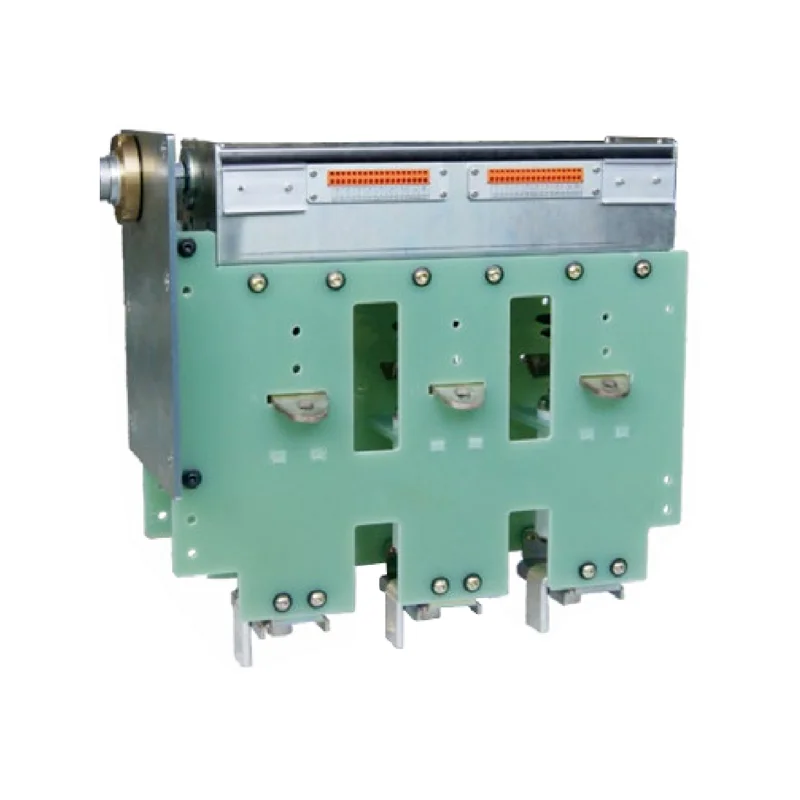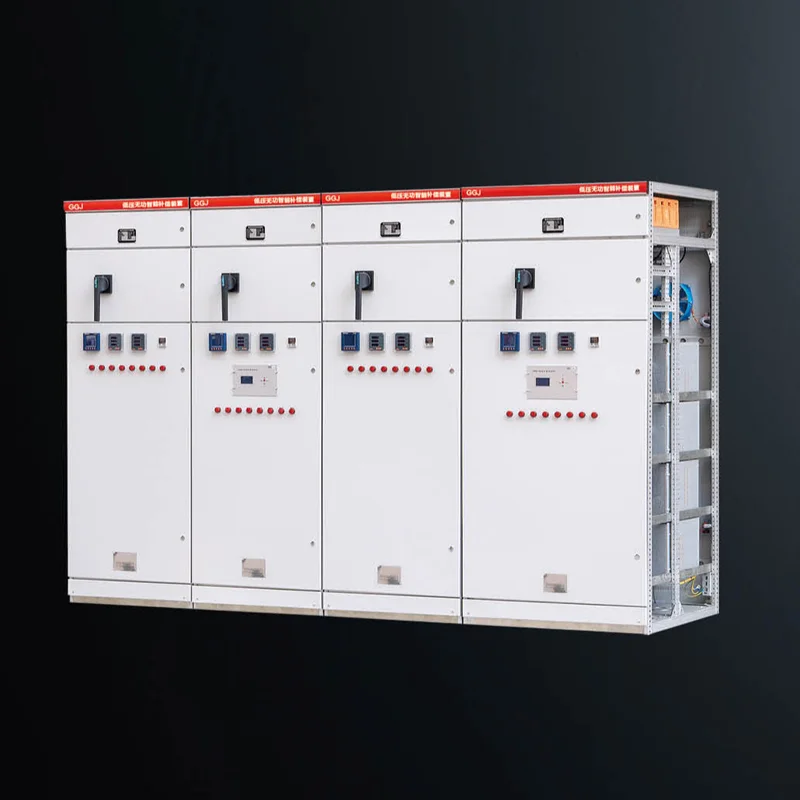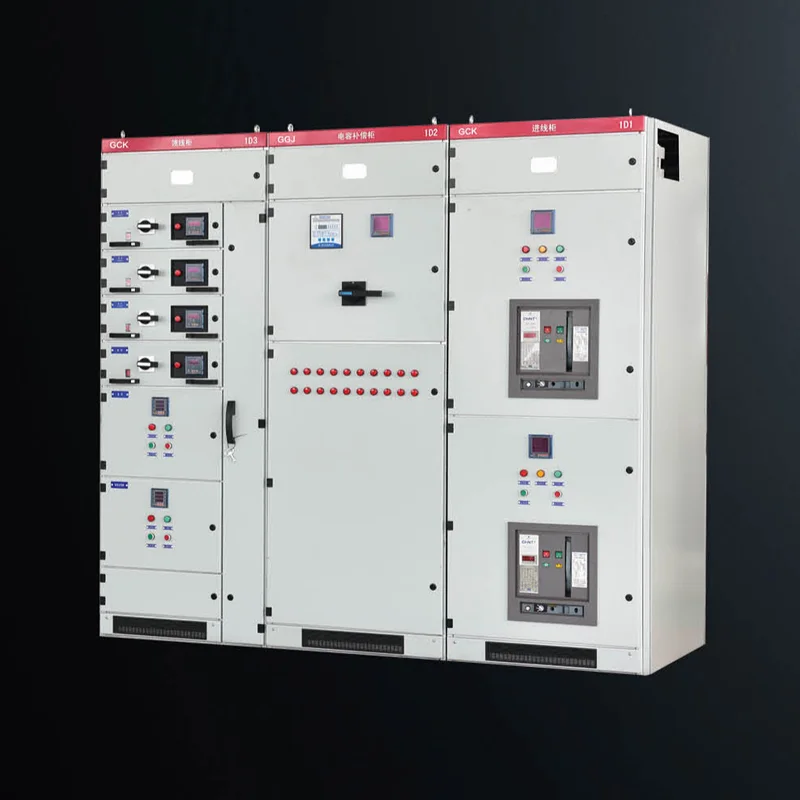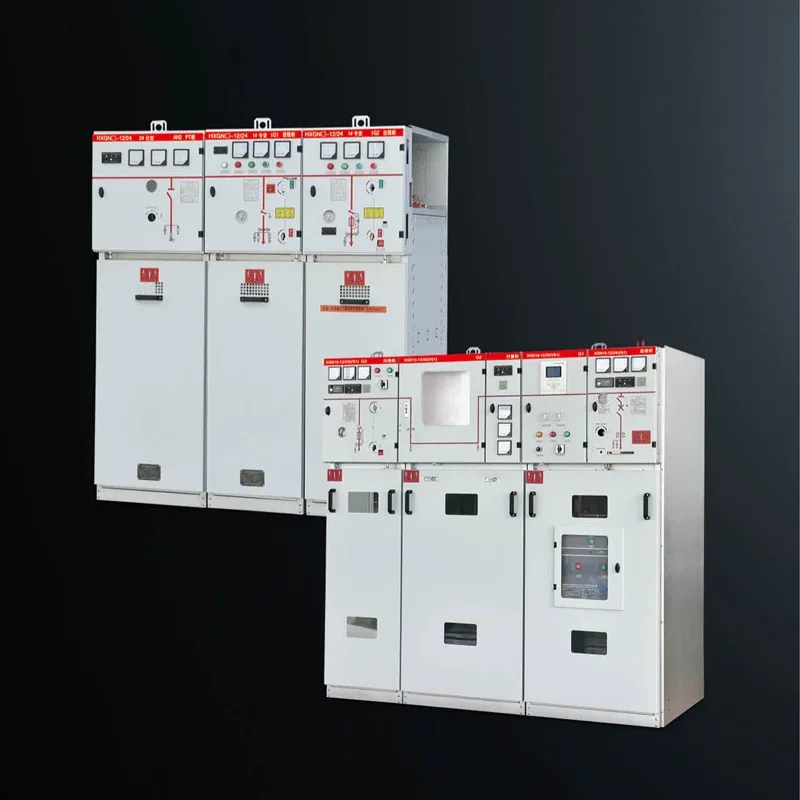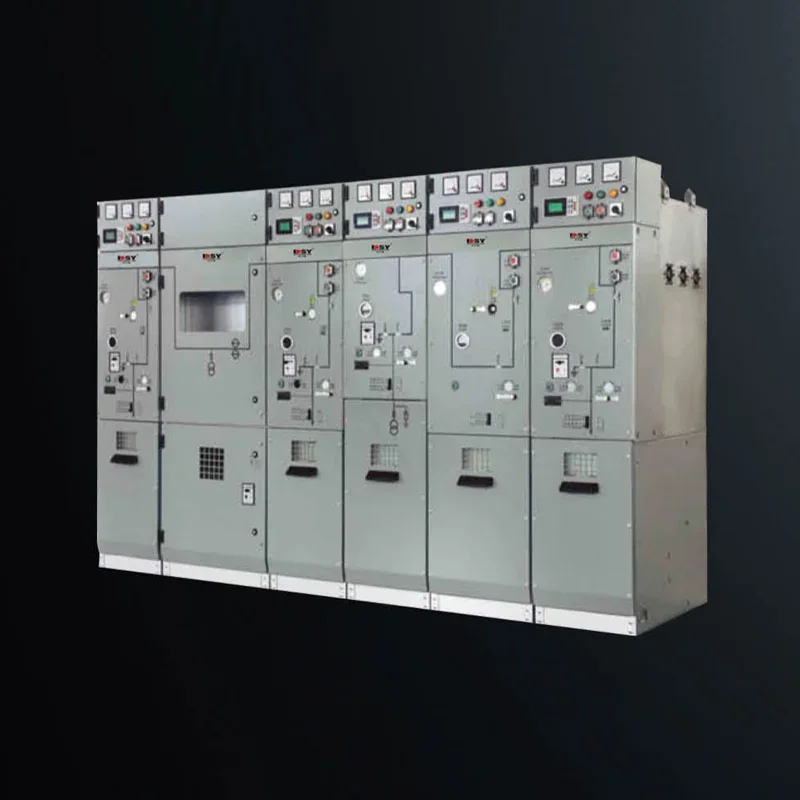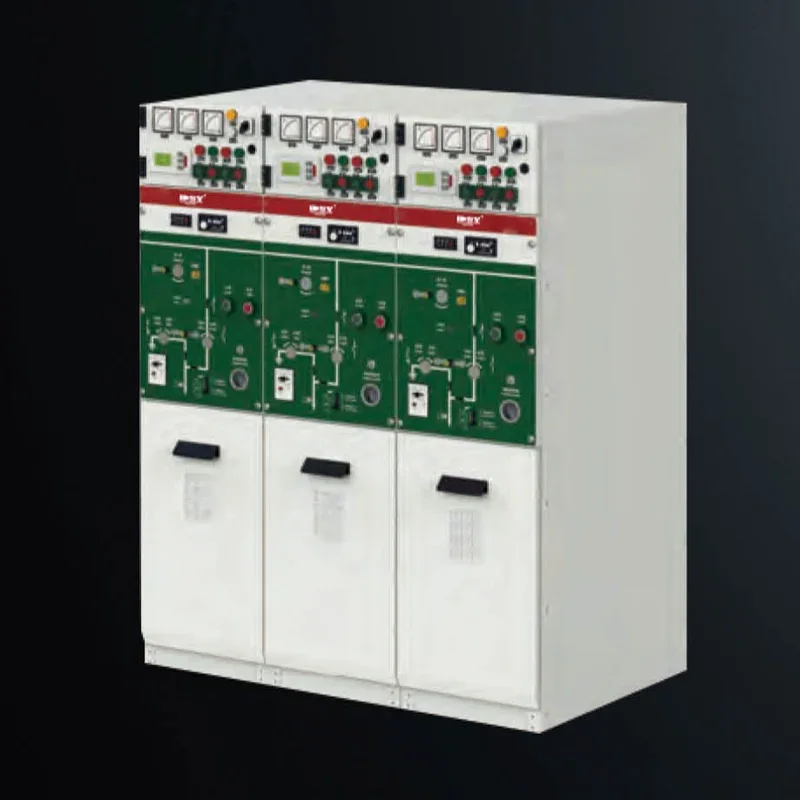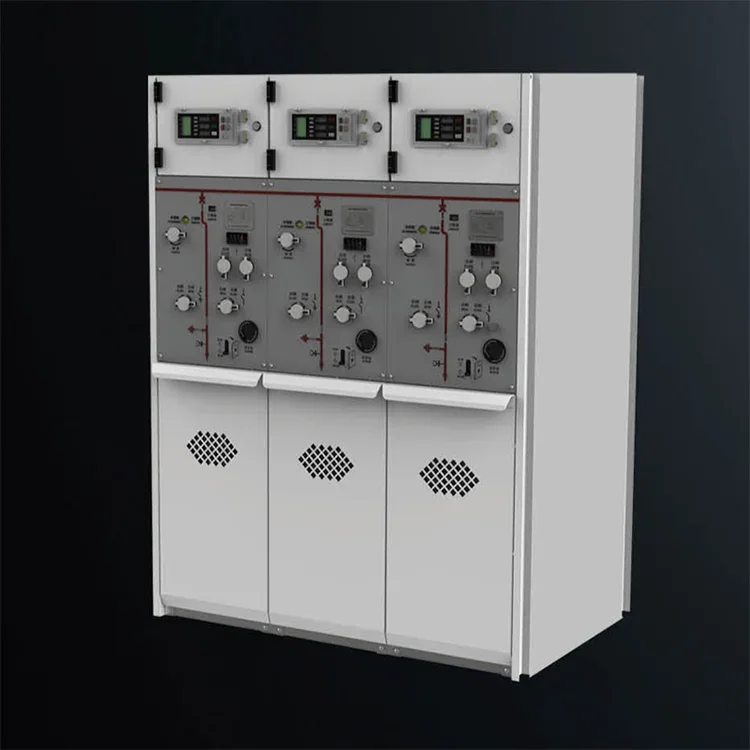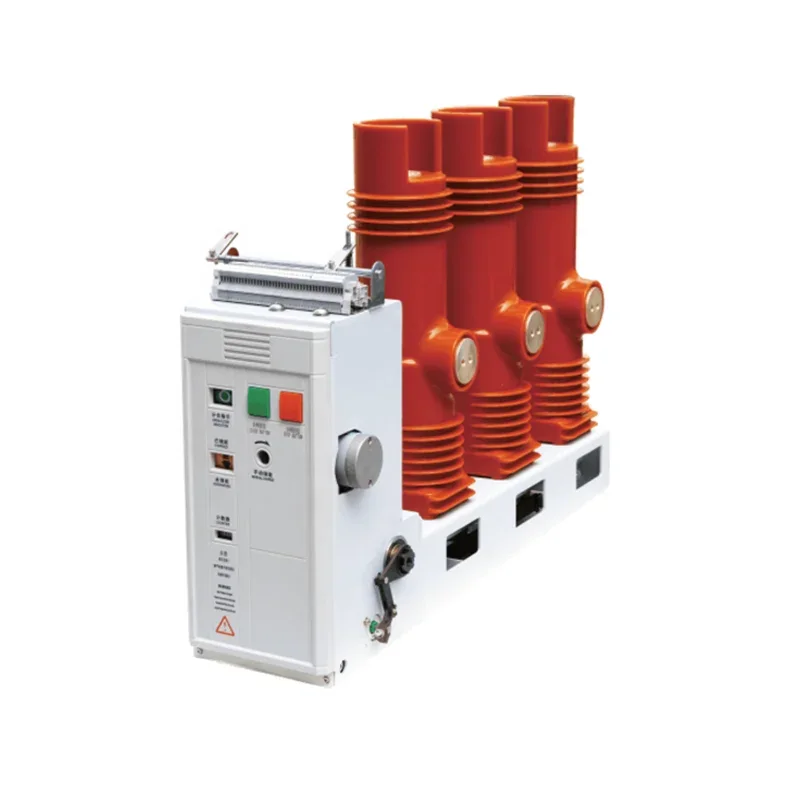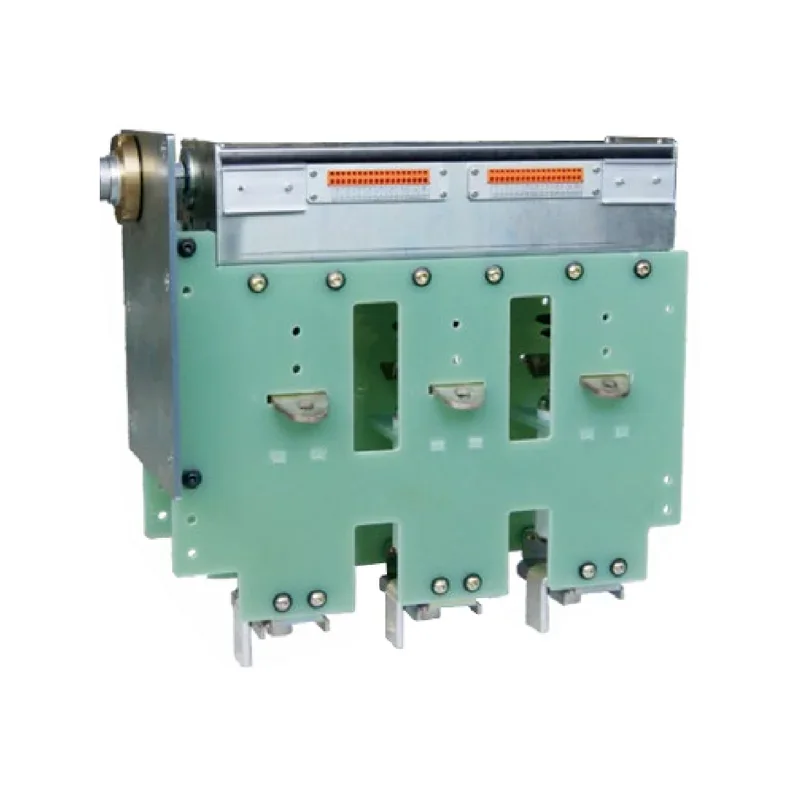The Essential Guide to Electrical Components: Understanding Electromagnetic Devices and Permanent Magnets
--- Electrical components play a crucial role in the functioning of various electronic devices. Among these components, electromagnetic devices and permanent magnets stand out due to their widespread application and significant impact on technological advancements. Electromagnetic devices utilize electric currents to create magnetic fields, which can then interact with other magnetic fields or con
Jun 18,2025
Electrical components play a crucial role in the functioning of various electronic devices. Among these components, electromagnetic devices and permanent magnets stand out due to their widespread application and significant impact on technological advancements.
Electromagnetic devices utilize electric currents to create magnetic fields, which can then interact with other magnetic fields or conductive materials. This interaction is the principle behind many essential applications such as transformers, motors, and solenoids. For instance, electric motors convert electrical energy into mechanical energy using electromagnetic principles, allowing for the operation of appliances from power tools to household fans. Understanding how these devices work is key for anyone involved in electronics, as they form the backbone of countless systems.
On the other hand, permanent magnets are materials that maintain a persistent magnetic field without the need for an external power source. They are typically made from alloys of iron, cobalt, and nickel, and are often found in applications that require a constant magnetic field, such as in magnetic locks, speakers, and hard drives. The durability and reliability of permanent magnets make them invaluable in creating robust and efficient devices.
When discussing electrical components, it is also important to understand the various types of materials used in electromagnetic devices and permanent magnets. For electromagnetic devices, materials with high electrical conductivity, such as copper and aluminum, are commonly used in windings and coils to ensure efficient energy transfer. In contrast, permanent magnets are often produced using rare-earth materials, which enhance their magnetic properties and allow for miniaturization in electronic devices.
The integration of these electrical components into modern technology has led to significant advancements. For example, miniaturization has enabled the development of smaller, more efficient electronic devices, which are essential in an increasingly mobile and connected world. Additionally, innovations in materials science continue to improve the performance and effectiveness of both electromagnetic devices and permanent magnets, paving the way for future applications in renewable energy, automotive technologies, and consumer electronics.
In conclusion, a solid understanding of electrical components, particularly electromagnetic devices and permanent magnets, is essential for anyone involved in the electronics industry. Their functionality, the materials used, and their applications in modern technology highlight their importance and the ongoing innovations that continue to shape our world. By recognizing the role these components play, professionals can better appreciate their contributions to technological advancements and the future of electronic design.
PREVIOUS:
Related News
The difference between circuit breakers and vacuum circuit breakers
Circuit breaker is an abbreviation for pole type circuit breaker. Circuit breakers are also vacuum circuit breakers
Voltage regulators are required for various places that require voltage control, such as controlling lighting

